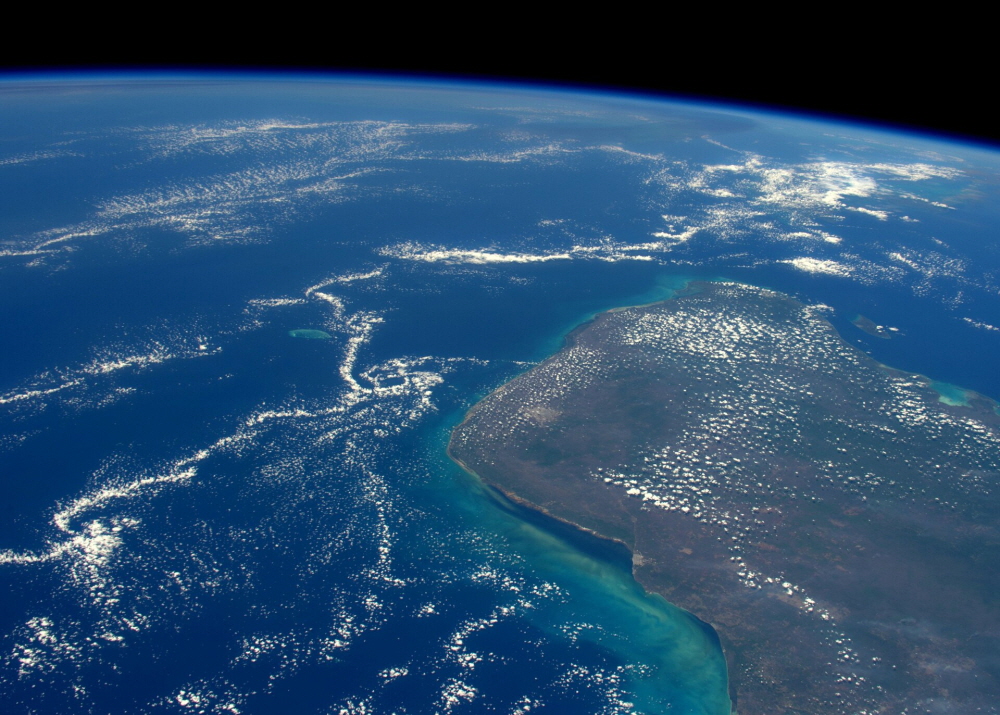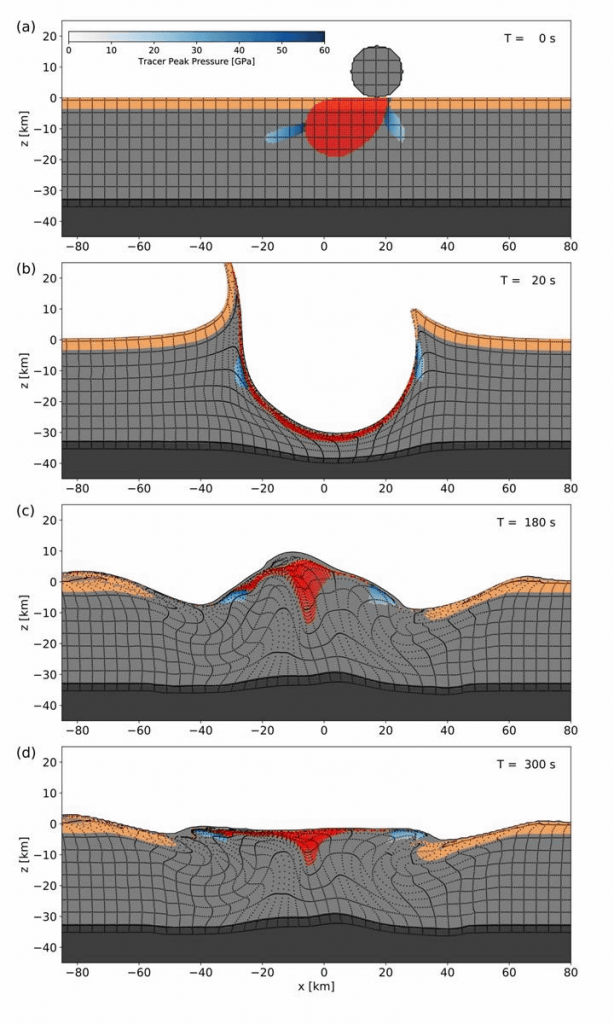
A 160-kilometer diameter asteroid hit Earth 66 million years ago. The scale of this crash could be the cause of the mass extinction of dinosaurs that flourished at the time, reaching the level of three fingers in Earth’s history. A supercomputer simulation of an asteroid impact 66 million years ago by a team at Imperial College London revealed that the angle of impact determines the fate of the dinosaurs.
The simulation focuses on figuring out as accurately as possible at what orbit and angle the asteroid impacted 66 million years ago hit the Earth. Considering various collision angles and speeds, a 3D simulation was conducted with a supercomputer and compared with the structure of Chixulub crater in the northern Yucatan Peninsula of Mexico, a trace of an asteroid impact 66 million years ago.
The simulation was done on a supercomputer owned by the University of Leicester. This supercomputer was simulated with an HPE Apollo 6000 Gen10 equipped with an Intel Skylake generation 14,000 core chip, and was also supported by a server with 6TB of memory. If the simulation calculation so far was limited, it was done in two dimensions, but in this investigation, it was revealed that the 3D simulation was conducted close to 300 times, paying attention to the angle of asteroid collision, which has not been noticed so far.
As a result, the asteroid that hit 66 million years ago was found to hit the surface at an angle of 60 degrees. It is also said that the energy at the time of the crash was the equivalent of 1 billion Wonuza bombs that fell on Hiroshima. Rocks and sediments on the ground were blown up, blocking sunlight, and containing billions of tons of sulfur, so it was said that the atmospheric composition changed significantly and had a major impact on climate change.

It was also confirmed how the crater raised after the crash. According to the simulation, a hole of 40 km in radius and 30 km in depth was created on the surface 20 seconds after the impact, but after 3 minutes the surface rises to form a mountain, and 5 minutes after the impact, the crater is buried in a hole 30 km deep.
Studies so far have assumed that an asteroid that collided 66 million years ago hit the Earth’s surface at an angle close to normal. However, according to the research team, it is more lethal for surface organisms to plunge at 60 degrees than for an asteroid to plunge at an angle close to perpendicular to the Earth’s surface. Rather, the research team revealed that it is possible that the extinction of the dinosaurs could have been avoided if they entered at an angle close to the vertical. In addition, the research team used the same supercomputer this time to start a study that simulates the formation of stars from gas particles. Related information can be found here .


















Add comment